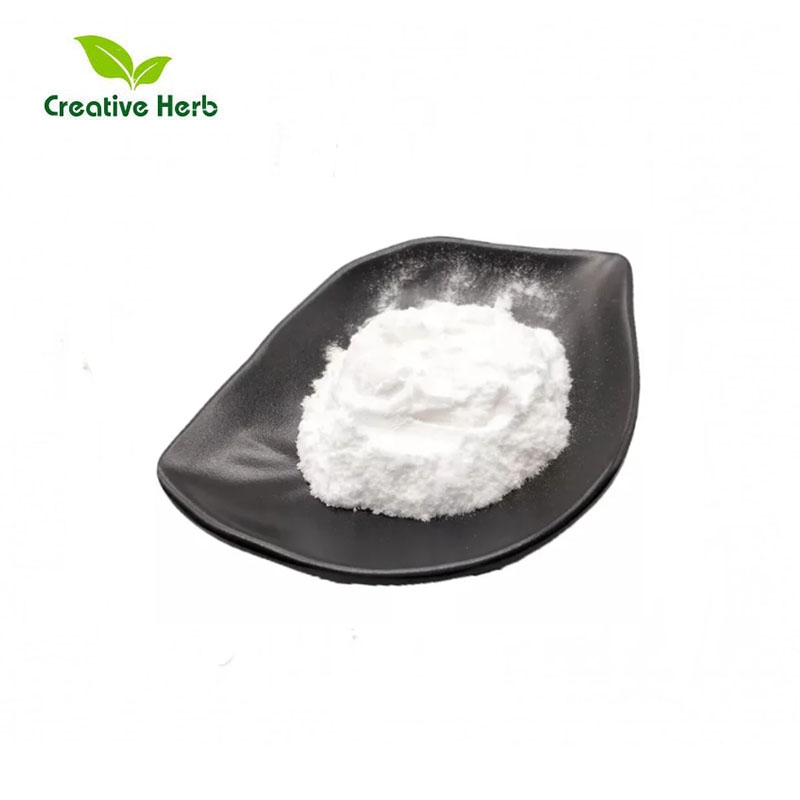Xiao Weilie's research team has made new progress in the research of natural active molecules
-
Last Update: 2018-05-18
-
Source: Internet
-
Author: User
Search more information of high quality chemicals, good prices and reliable suppliers, visit
www.echemi.com
Xiao Weilie's research team, the Key Laboratory of natural resources pharmaceutical chemistry, Ministry of education, Yunnan University, comprehensively uses interdisciplinary research methods such as natural pharmaceutical chemistry, organic chemistry, pharmacology and drug design to engage in the discovery of natural active molecules and the research and development of new drugs Long term cooperation with researcher Zheng Yongtang of Kunming Institute of zoology, Chinese Academy of Sciences, research team of academician sun Hantong of Kunming Institute of Botany, Chinese Academy of Sciences and Professor Zhang Hongbin of Yunnan University has made a series of research achievements in the discovery, structural optimization and mechanism of anti AIDS active molecules The latest research found that sjp-l-5, an anti HIV active molecule obtained by natural molecular structure optimization, is a special reverse transcriptase inhibitor, which does not play its role by inhibiting the RNA dependent DNA polymerase activity of reverse transcriptase, which is different from the existing mechanism of reverse transcriptase By means of quantitative PCR, ELISA and fret, it was found that sjp-l-5 did not inhibit the early process of reverse transcription (i.e RNA dependent DNA polymerase activity), but could effectively inhibit the late process of reverse transcription (DNA dependent DNA polymerase activity) The Southern blot hybridization experiment with high sensitivity ssDNA probe confirmed that sjp-l-5 inhibited the synthesis of PPT primed positive strand virus DNA, resulting in 5 fragments of downstream positive strand DNA replication products Due to the lack of flap, the key structure of the virus entering the nucleus, the reverse transcription process of the virus was interrupted, the shelling process was blocked, and the virus DNA could not enter the nucleus Both genotypic and phenotypic drug resistance experiments showed that val108 and try181 were important sites for the binding of sjp-l-5 to reverse transcriptase, and were the structural basis for the production of new mechanism of sjp-l-5 The research results were published online in the scientific reports in February 2018 (https://www.nature.com/articles/s41598-018-20954-5) with the title of "sjp-l-5 Infections HIV-1 polymorphism trace primed plus strand DNA enrichment, indicating virtual DNA synthesis initiation at multiple sites under drug pressure" Zheng Yongtang, researcher of Kunming Institute of zoology, Chinese Academy of Sciences, and Xiao Weilie, researcher of Yunnan University are co authors At the same time, Xiao Weilie's research group has built a certain scale of natural products and similar natural products information database and compound entity database, combined with drug design and chemical structure transformation and other means, to carry out follow-up biological function information mining and experimental verification Recently, new progress has been made in the discovery of natural molecules and anti-inflammatory immunity Some research results are published on RSC advanced, 2018, 86425-6435 (http://pubs.rsc.org/en/content/articlelanding/2018/ra/c7ra13309j) and phytochemistry, 2018.1 (12), 167-183 (https://www.sciencedirect.com/science/article/pii/s003194221730417x), and applied for 2 patents In collaboration with Professor Chen Weilin of Shenzhen University, we found the active molecule TEU f with anti-inflammatory and active immunity The mechanism of action of TEU f was found to inhibit LPS induced NF - κ B phosphorylation and the mRNA expression of IL-1 β / IL-6 / TNF - α and NLRP3 by inhibiting the activation of NEMO by k63 ubiquitination of NF - κ B Basic modulator (also known as IKK γ) In addition, we found that TEU f can inhibit the activation of NLRP3 inflammatory bodies and the maturation of IL-1 β / IL-18 by down regulating the expression of NLRP3 In animal experiments, it was found that TEU f could significantly reduce LPS induced inflammatory response These results suggest that TEU f is a potential new natural small molecule that can treat inflammatory and NLRP3 inflammatory body related diseases by inhibiting the k63 ubiquitination of NEMO The above research results are published in Frontiers in pharmacology under the title of "teuvingenone f supplies LPS induced inflammation and NLRP3 inflammation activation by attenuating Nemo ambiguity" On (https://www.frontiersin.org/articles/10.3389/fphar.2017.00565/full), Professor Chen Weilin of Shenzhen University and researcher Xiao Weilie of Yunnan University are the co authors of this article The above research is supported by NSFC Excellent Youth Fund (81422046), NSFC project (3167091481322042), major new drug creation project of Ministry of science and Technology (2013zx09103001-010), key new product research and development of Yunnan Province (2015bc002), talent introduction project of Yunnan University (yjrc32011602), etc.
This article is an English version of an article which is originally in the Chinese language on echemi.com and is provided for information purposes only.
This website makes no representation or warranty of any kind, either expressed or implied, as to the accuracy, completeness ownership or reliability of
the article or any translations thereof. If you have any concerns or complaints relating to the article, please send an email, providing a detailed
description of the concern or complaint, to
service@echemi.com. A staff member will contact you within 5 working days. Once verified, infringing content
will be removed immediately.







